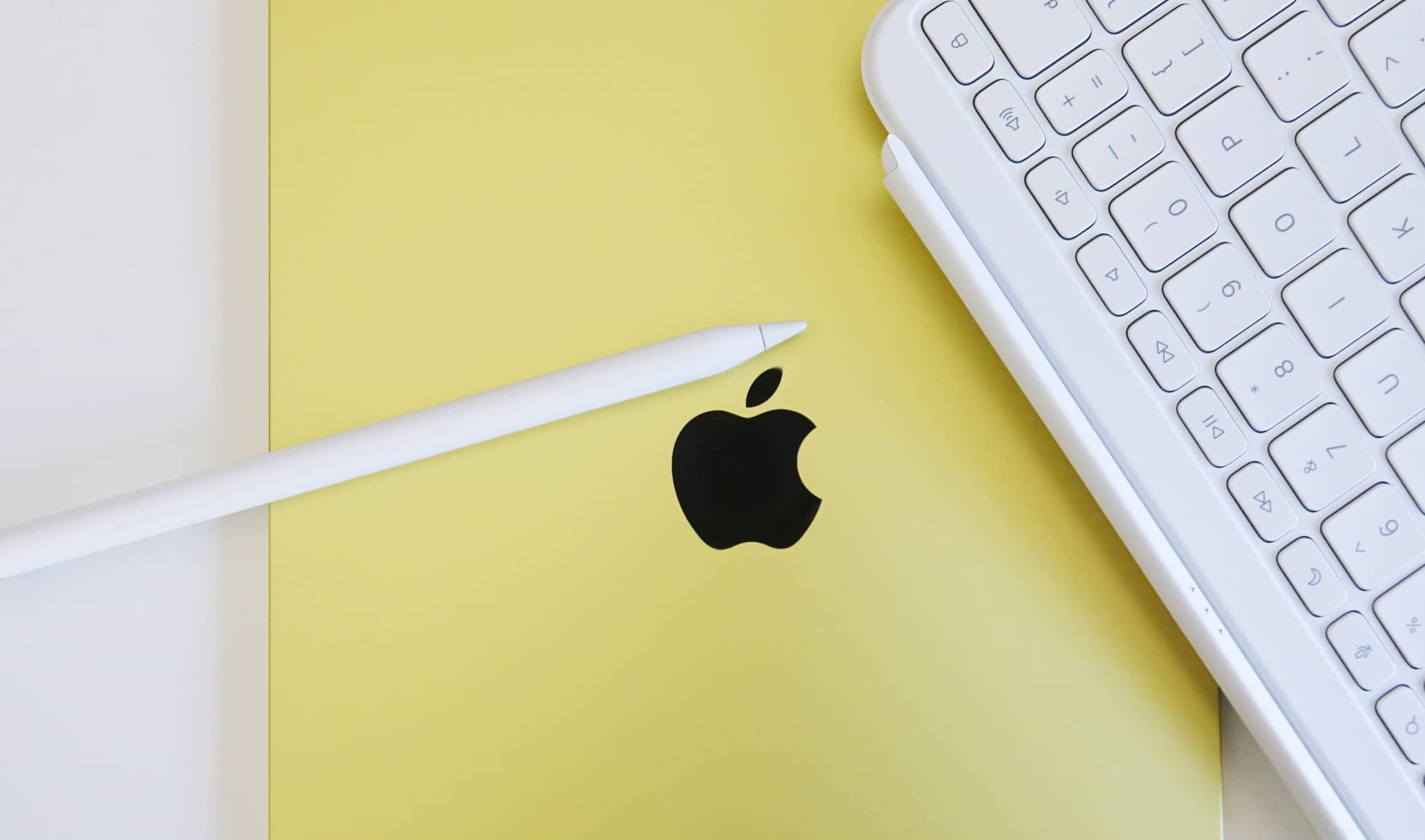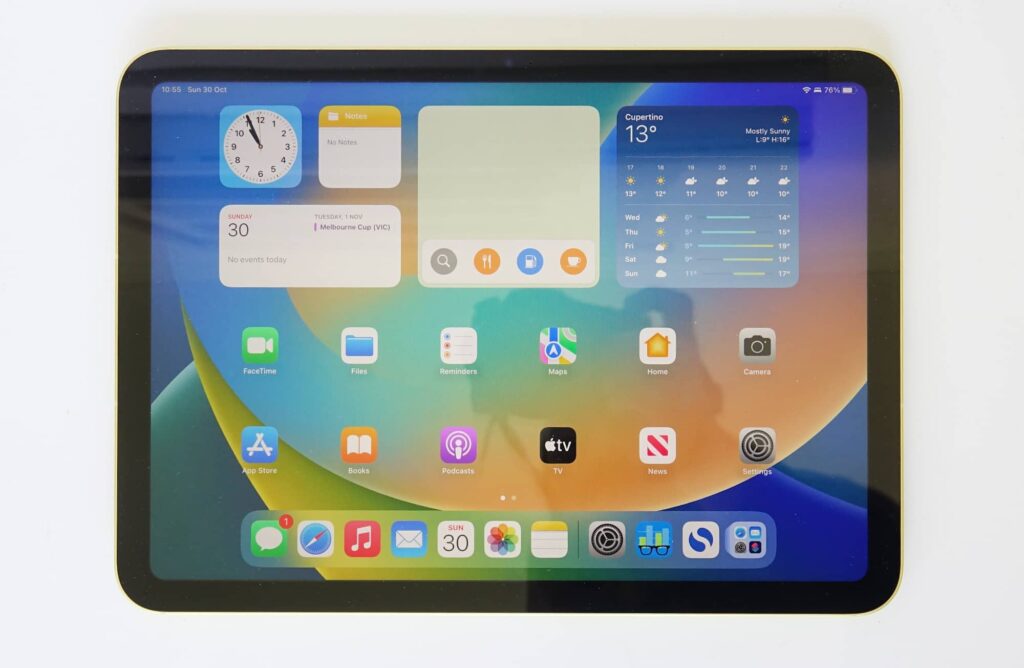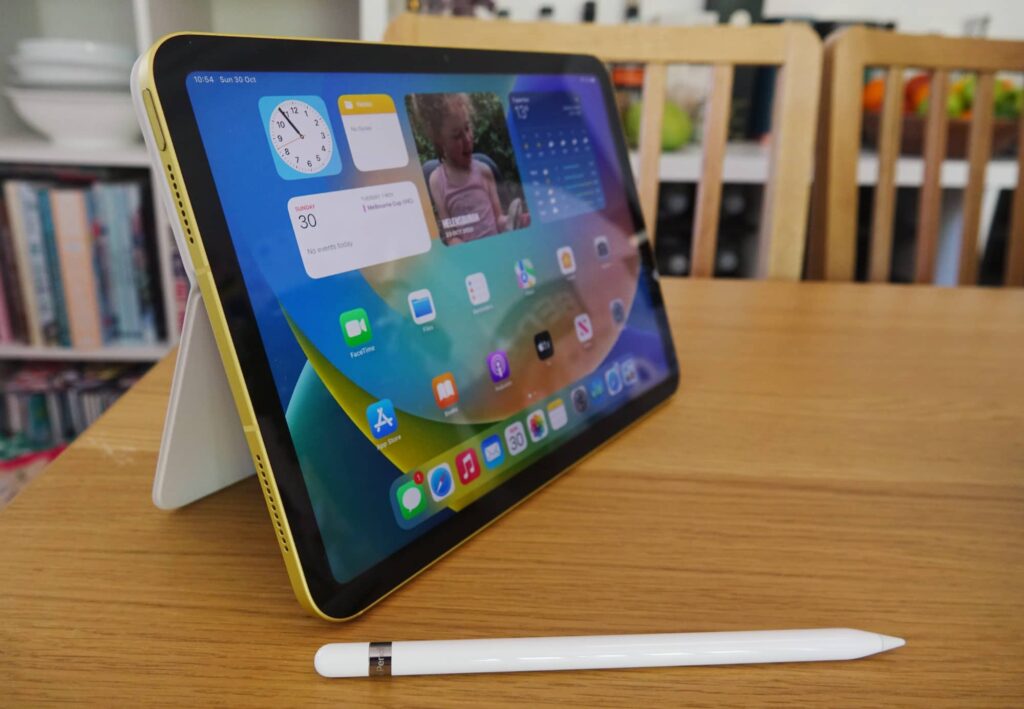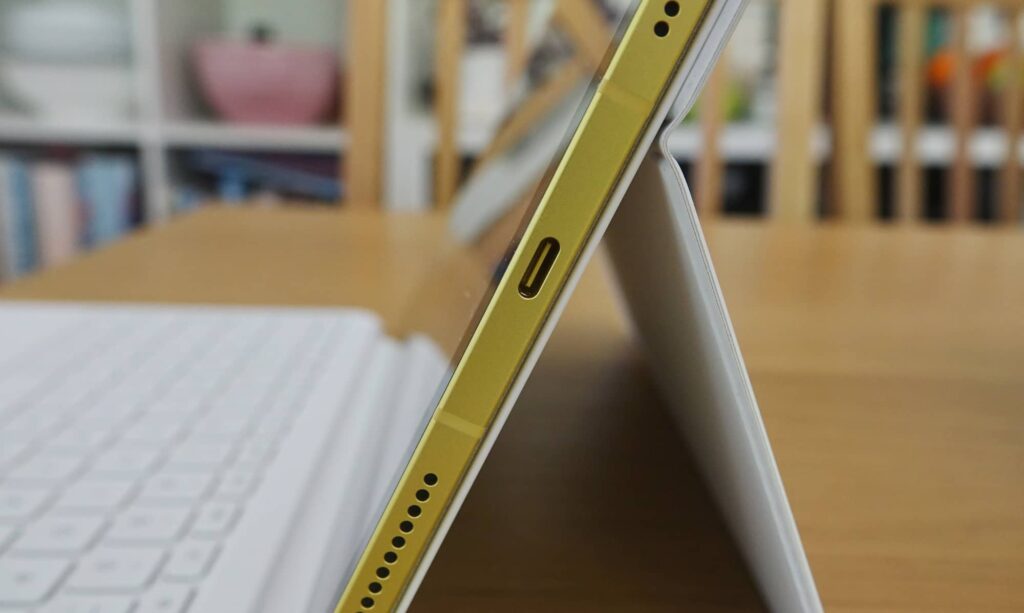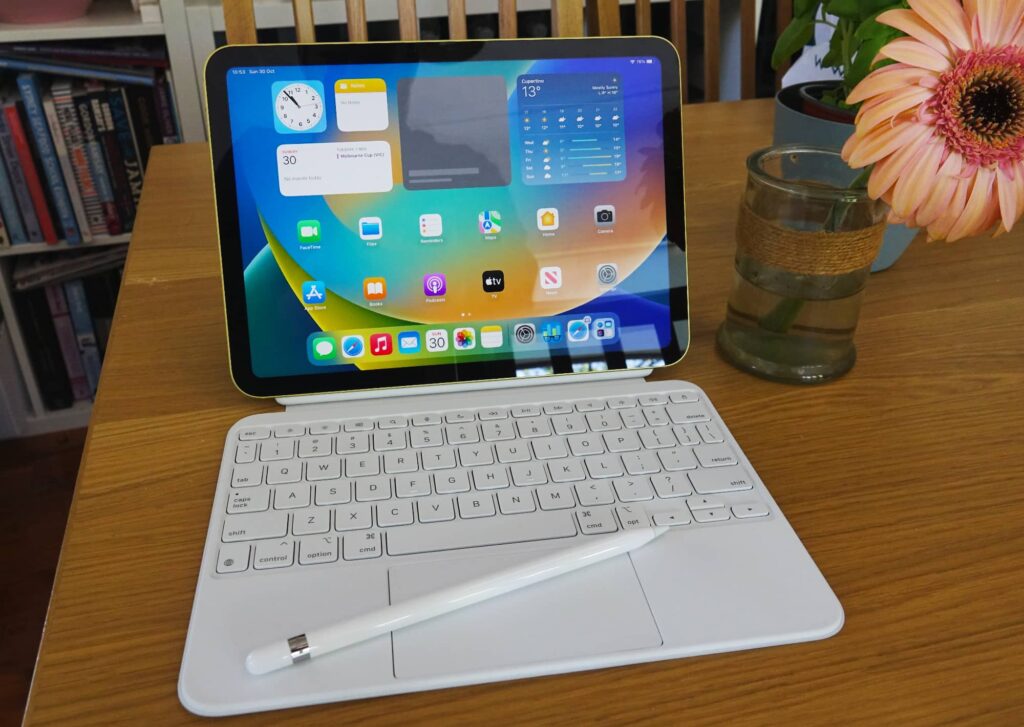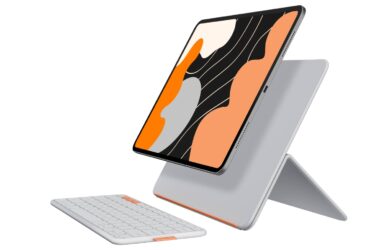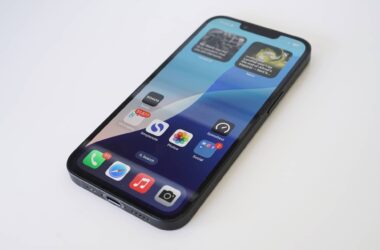Quick review
The good
The not-so-good
Matching the same size and design of the iPad Air, the reinvention of the entry-level in the iPad 10th-generation is a good looking, but confusing proposition.
Finding a great tablet for an equally great price isn’t something most manufacturers have managed to get right, but it’s one Apple has delivered on each and every year.
We’ve come a long way from the launch of the first iPad, but in the past few years, the range has really opened up. There’s a pro-level one for creators happy to spend the money, one that’s close to that in the iPad Air but skimps on a few areas to let folks save a few bucks, a compact variant in the iPad Mini, and then there’s the humble iPad.
Don’t call it a basic iPad, though; it’s anything but basic.
While the regular iPad lacks the moniker of “Mini”, “Air”, and “Pro”, it still features specs and power enough to let you run all the apps, play all the games, and generally use the device in a way that makes it both for content consumption and content creation. The iPad has evolved to be more than just that tablet you watch movies on, and you can do so much more for a great price.
That’s the way things have been for a few years now, and up until 2022, the regular iPad was easy to choose from. This year, that’s not quite as true, as Apple offers two in the iPad range: last year’s 9th-gen and this year’s 10th-gen. There are differences in design and differences in price, but are any of the differences ultimately worth the asking price?
Design
Adopting a design practically identical to the iPad Air and iPad Pro, the iPad will feel fresh provided you’ve never seen Apple’s other tablets. Or even possibly Apple’s recent iPhones. In fact, if you’ve ever seen an iPhone 12, iPhone 13, or iPhone 14, and then the Apple iPad Air or iPad Pro, the 2022 standard regular iPad won’t be fresh, but rather more uniform.
As it was, the last iPad, the 9th-gen, was basically the last left yet to convert to the new design, but here in the 10th-generation, that has changed, as Apple basically uses the same design and chassis for the iPad Air, and plonks the guts of an entry iPad inside.
You’ll find it comes in colours, though, without review unit arriving in “yellow”. Sadly, it’s not the bright yellow of the iPhone 5C, but more a metallic yellow made to work with the metallic body. That’s fine. We like yellow of all kinds, plus there’s also metallic blue, metallic pink, and metallic metallic also known as silver.
Features
While the design is new for the basic model, the spec list isn’t a dramatic leap, though it is seeing improvements.
The chip inside is boosted from the A13 Bionic to the A14 Bionic, the difference of what’s in the iPhone 11 to what’s in the iPhone 12, with the spec being quite similar to what was in the 2020 iPad Air. Meanwhile, the wireless technology goes from being 802.11a/b/g/n/ac WiFi 5 to 802.11a/b/g/n/ac/ax WiFi 6, with Bluetooth jumping a generation from 4.2 to 5.2, too.
The rear camera sees an update to 12 megapixels, shifting from the 8 megapixel of the 9th-gen iPad and now able to capture 4K video, while the front-facing camera remains the same but moves to the side, sitting in a landscape orientation. The speakers work the same way, with two speakers working in landscape audio, as well.
If you opt for the mobile edition of the 2022 iPad, you’ll find support for 5G inside, just like the rest of the iPad range, an update from the 4G model before it.
And if you look at the screen, you’ll notice there’s no home button anymore. That’s gone, though not forgotten, found in the power button on the tablet, found at the very top in portrait mode or at the very left in landscape.
The other obvious change is at the bottom (or right side in landscape), with a USB Type C port, the last iPad to receive that change, all sitting in the iPad Air design.
Display
Taking a page from the iPad Air hasn’t just popped up in the flat-edged design, but also the screen, with this 10th gen iPad adopting the same 10.9 inch screen size, which is 0.7 inches bigger than the still-available 9th gen. That’s the same size screen as its more expensive sibling, but it’s not an identical screen.
Even though both the iPad Air and iPad 10th-gen use a 10.9 inch display with a 2360 x 1640 resolution, the less expensive of the two misses out on anti-reflective coating and the P3 colour gamut, but still keeps the white-balancing techonlogy that is True Tone.
For iPad buyers, it’s a win, because the screen on the new model is bigger and almost identical to what you get on the more expensive model, at least upon first glance. The Air screen is better, but we’re not sure most people would even notice.
In-use
It’s a similar story with how you use the iPad, because like the Air, it uses a side-mounted fingerprint sensor which can feel at times like a more reliable approach to unlocking your tablet than simply scanning your face.
We found it unlocks quickly, and the touchscreen is responsive so using it is a cinch. Factor in a keyboard accessory and it turns into a decent typing experience, too.
At launch, the only official keyboard accessory is the Magic Keyboard Folio, which is a touch on the exy side, but offers a great typing experience much like Apple’s proper keyboards.
And of course, you could avoid using a keyboard entirely and just stick to the iPad as a pure tablet, and it’s great for that.
If you’ve come from an iPad Air or something like it, and you automatically think you can save a few bucks on this model: hold up, because usability may be affected. Split-screen apps is one thing that doesn’t always work, and while we could run split-screen totally fine on the Air, the standard iPad wasn’t quite as friendly to that.
There’s also a change to the cameras, as Apple has seen fit to throw the front-facing cameras into a landscape orientation, the first of any iPad. That means that much like a laptop, the camera now sits at the top and centre when you’re using it landscape, which we suspect many are.
Performance
Regardless of what you use the new iPad for, don’t expect it to be a slouch of any kind. With a new chip inside, the iPad is unsurprisingly snappy, boasting that little bit extra compared to its still-available A13-powered sibling.
A number might not seem like much between generations, but benchmarks show that the iPad 10th gen has a bit of a leap on its previous siblings, with minor improvements on the CPU side of things, but then drastic jumps of double the performance on the graphical side. That'll bode well for gamers keen to get the most out of their apps, and suggests the iPad 10th gen could be a cute little gaming spot of hardware for some time.
Comparing the 10th-gen iPad to the rest of the iPad range still shows it's the baby of the range, and is even beaten by the likes of the iPad Mini, which runs a newer processor and is actually doing a little bit more. You may not realise it, but the 2022 iPad runs the same chip as the 2020 iPad Air, and it shows in the performance graph below.
All things considered, though, the 2022 iPad handles things quite well, delivering a decent amount of performance in its quaint 10.9 inch size.
Battery
The battery is also quite good, matching previous iPad models with a rough guide of 10 hours, though we found if you use the iPad sparingly, you could find it handles several days without needing a charge.
Folks who use the iPad as a bit of a content and productivity machine will likely need to charge it nightly, and thankfully, that USB Type C connector is going to make it easy to find a plug pack and cable in a cinch, but even without, you should find a day is about right.
Value
The price is where things get a little murky.
In Australia, Apple has priced the 10th-gen iPad at a starting price of $749, a good two hundred more than its 9th-gen sibling, which has also seen a price rise in recent weeks, moving from $499 to $549, something not every retailer was quick to act on.
For the $200 difference, you do get a bigger screen and a swankier design, not to mention improvements to the WiFi speed, and the cameras on the front and back. Oh, and the aforementioned Type C connector. But that's largely it, and for $200 more, we're not sure that's much of a win.
What needs work?
Apple is keeping the 9th-gen iPad in the range at $549, and that at the moment nails the value argument extraordinarily well. It was a fantastically valued tablet last year, and despite the price rise, it's still a fantastically valued tablet this year. The new iPad is markedly less so, and not helped by the issue of accessories.
Accessories are a problem on the new iPad
One of the biggest problems with the new iPad comes from this new design, because once you factor in that yes, there's a new design, you start to realise how that affects the accessories for the old one.
Much like how a new iPhone design will affect old cases and allow them to not work, the same sort of thing is largely true here. The new iPad has a flat edged design, and so Apple's older folio cases not only don't work, but neither does its fabric-based keyboard, which was a great option for basic typing to go. The replacement of USB Type C over the Lightning port also introduces the same issue for the Apple Pencil, because it needs Lightning to work, and both of these show up problems in the iPad's new design that Apple hasn't seem to have solved in this generation.
The Magic Keyboard Folio
The first accessory you might run into problems with is the keyboard, because this has long been an accessory that turns the iPad into something more.
Believe it or not, most articles for Pickr are written on an iPad keyboard, and we've written books and scripts and so much more on them. The iPad is a perfectly capable PC replacement when used as a word processor (there's a term you mightn't have seen in a while), and it can clearly do a whole lot more.
Families have been known to choose the iPad for that reason, and together with Apple's fabric keyboard and the relatively low price of the basic iPad, this model has been very much a winner.
But that changes in the 2022 iPad.
The price is a good two hundred dollars higher for the iPad by itself, and the fabric keyboard of the past is no longer compatible thanks to the new design.
We tried it so you don't have to: the fabric Smart Keyboard will not work with the 2022 iPad. Bluetooth keyboards should be fine, but if you want to use a wired keyboard with this model, it'll have to be Apple's Magic Keyboard Folio, and at $399, it is hardly affordable.
It is comfortable to use, and relies on one of those "magic" keyboard designs that offers travel, with the whole thing able to be pulled apart and used as a stand without the keyboard. All together, the Magic Keyboard Folio is almost like Apple's answer to building the Surface Type Cover for the iPad.
Yet aside for being very expensive, the iPad 10’s Magic Keyboard comes with the odd portability issue that can affect Microsoft’s Surface Pro, hardly surprising given the similarities in design. Specifically, you’ll need enough room to pull out the stand to get the iPad to stand up, which may look nice from a profile point of view, but ultimately affects compact spaces quite easily.
Compare that to the fabric keyboard from the 9th-gen and below where the iPad rested against folds, and the 10th-gen’s keyboard isn’t quite as well thought out.
In short, the Magic Keyboard Folio is a great keyboard if you have the room or are sitting at a desk, but stuck in a spot without as much room, say on a bus, train, or maybe sitting in a tight spot in a convention or lecture hall, and this keyboard may not feel quite as useful. It also works without the keyboard and is a super effective stand, but it's hard to see anyone paying a staggering $399 cost for just a stand.
The Apple Pencil
Easily the silliest decision of the entire iPad has to do with the Pencil, which ranks up there as one of Apple's silliest decisions yet.
Apple isn't super well known for silly design decisions, and credit to the company, because it gets design right so many times. But between the recessed earphone jack of the first iPhone, the not-really-a-case on Apple's otherwise excellent AirPods Max headphones, and the charging port on the bottom of the Magic Mouse that stops you from using the mouse while it's charging (and is still on current versions), Apple has the odd design flaw loaded in products.
Apple gets it right so much of the time, and sure, it's allowed to get it wrong sometimes, as well.
With the compatibility for the first-gen Apple Pencil in the iPad 10, Apple has made another silly choice, and one that seems obvious and easy to fix, but yet the iPad maker has taken the odd choice to not fix it in the obvious way.
Rather than upgrade the iPad to support the new magnetically charged and side-mounted Apple Pencil like the rest of the iPad range, the iPad 10 only takes the Lightning-charged first-gen Apple Pencil, presumably because it means people can keep the same accessory they might have had first time. The obvious problem, though, is that the iPad 10 uses Type C, and the first-gen Apple Pencil uses Lightning, and so you can't just stick the Pencil into the bottom like you used to be able to and hope for the best.
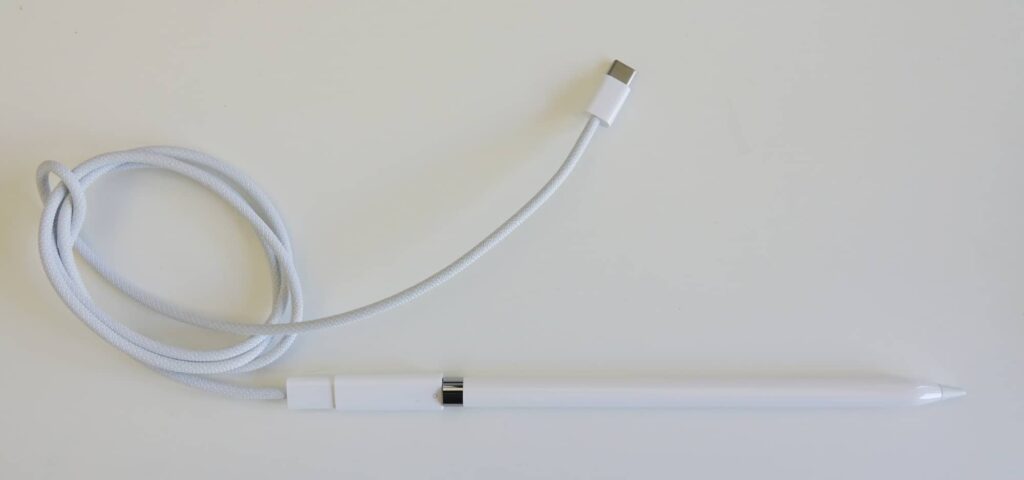
Instead, you'll need to buy an accessory that lets you turn a female Lightning port into a female Type C port, and then bridge that gap using a Type C to Type C cable, the type you can use to charge the iPad 10 with, plugging it in that way.
It sounds like a complex maze of chores you might encounter in a game, and quite silly, but it's the solution that Apple has devised.
Never mind that Apple could have made a rather obvious female Lightning to male Type C converter not unlike the Type C to Type A dongles every Google Pixel phone comes with, or even the more obvious point that Apple could have just adopted the magnetic edge and second-gen Pencil for its new iPad.
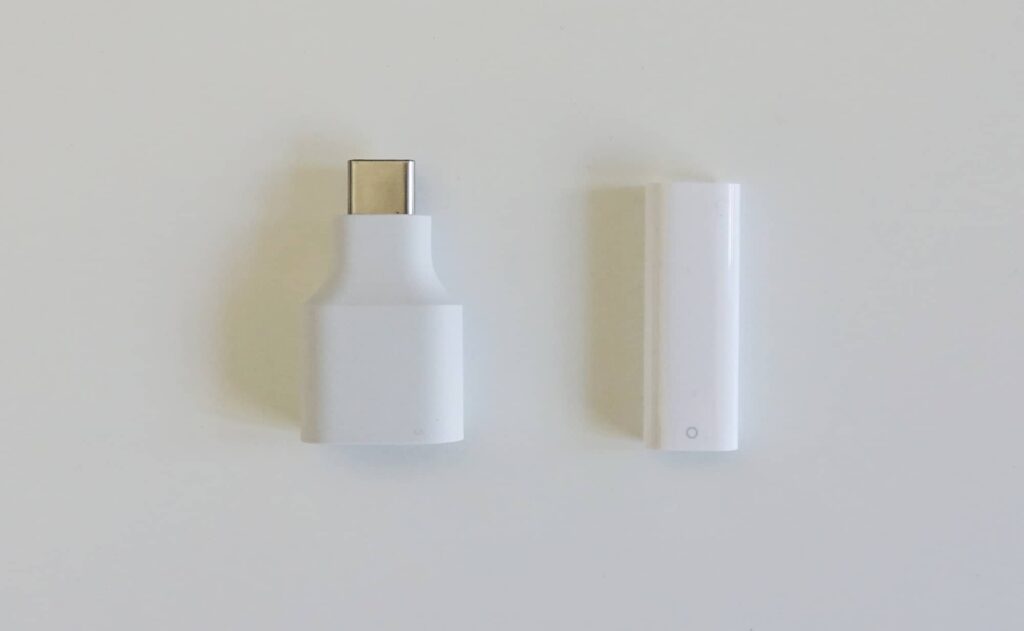
The latter makes the most sense, because every single iPad model except the 10th-gen iPad supports the magnetic Pencil, which is not only better and more of an option for iPad owners keen to upgrade, but it also holds in place on the iPad and doesn't move, something that you can't say about the rolley-polley first-gen Pencil. Even the iPad Mini supports the second-gen Pencil, and it's only a hundred bucks more.
As it is, adopting the second-gen Pencil would have solved the problem of storing the Apple Pencil, which the 10th gen iPad doesn't solve at all. It could have, but it hasn't.
There is literally no reason why Apple couldn't have just flipped the switch and brought over the magnetic edge supporting the second-gen Pencil, or maybe just made its charging mechanism more logical or the iPad 10, and the whole thing is confusing to say the least.
Final thoughts (TLDR)
Outside of the issues with accessories and a price tag that feels a touch too high, the iPad 10th gen is a fantastic iPad.
Not really a replacement to the 9th-gen iPad, the 10th is kind of in this weird place of upsells and compromise.
On the one hand, there's last year's still excellent 9th-gen iPad, which offers plenty of power in tablet, and while it costs more this year at $549, the keyboard accessory won't cost you an arm and a leg, and you can get what is otherwise a full workable portable computer in an iPad for not much more than what this year's 10th-gen costs without the keyboard (iPad 9th-gen for $549 + Smart Keyboard for $269 = $809).
And on the other hand, there's the iPad Air, which costs $150 more than this year's 10th-gen iPad, includes the faster M1 processor, a better screen (same size, but a wider colour gamut and it's anti-reflective), a slightly lighter design, support for the second-gen Apple Pencil, plus support for Apple's keyboard folios that work in the iPad Air and iPad Pro models.
The 10th-gen iPad is wedged between those two options, and comparatively, we're not sure it really rates against either. If you wanted the economical iPad, the 9th-gen makes a lot of sense, and if you plan to get the most out of your iPad, picking the Air is the better choice.
Frustratingly, there's nothing wrong with Apple's 10th-gen model beyond price and accessories. It is a fantastic iPad and basically cuts down everything that works well in the Air, but just makes aspects a little more affordable. This is a perfectly capable iPad that also happens to come in more colours. But the price is so confusing, and customers will be stuck in that situation.
Our feeling is the iPad 10th-gen customer is one that loves the look and feel of the new iPad models, but doesn't need the extra stuff, and so can save $150 in the process. But while the 9th-gen is around, that model makes more sense for budgets while the Air is more logical for everyone else.
That makes this iPad difficult to recommend. It's a great tablet, but its position is awkward. Not quite an Air, this slightly better iPad is hard to place, making it for someone who wants a better looking iPad and doesn’t mind paying for it, but doesn’t seem to want to shell out the little bit extra the Air costs.
Really, it's an upsell iPad, kind of nudging you over to the Air. We’re a touch confused, and suspect you might be, too. That doesn't make it bad, because it's a perfectly great gadget, but it just doesn't seem as well placed as the rest of the range.



